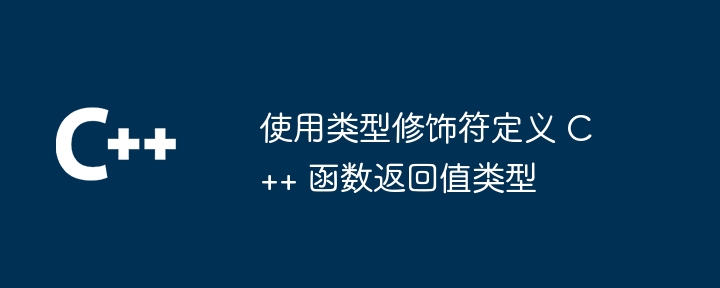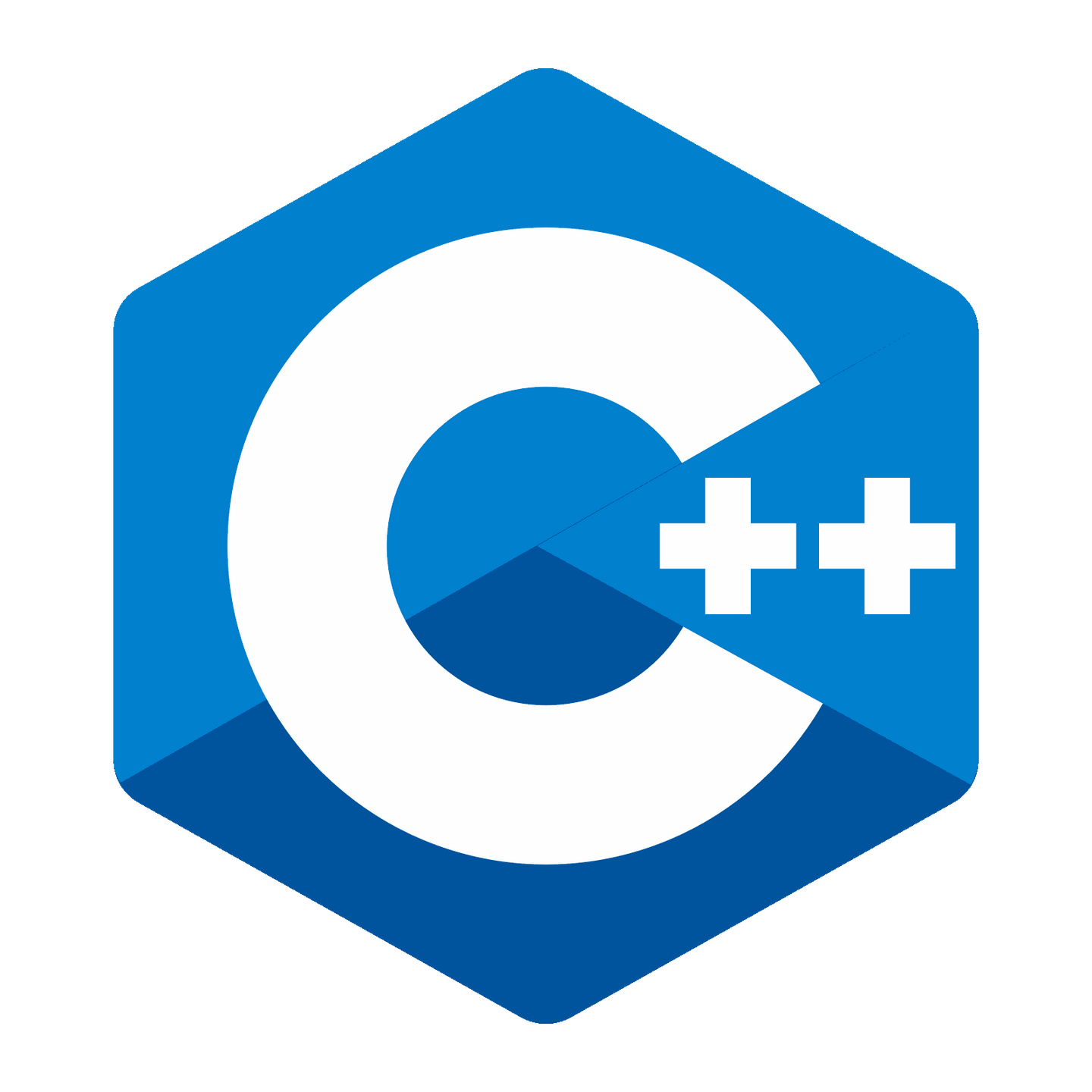c++++ 函数返回值类型使用类型修饰符指定,其中:void 表示没有返回值;int、float、double 等表示返回基本数据类型;引用类型 (&) 表示返回对数据的引用;指针类型 (*) 表示返回指向数据的指针。

使用类型修饰符定义 C++ 函数返回值类型
在 C++ 中,函数返回值类型是函数定义中的重要组成部分。它告诉编译器函数将返回什么类型的数据,并帮助确保函数按预期工作。使用类型修饰符来指定函数返回值类型。
类型修饰符
立即学习“C++免费学习笔记(深入)”;
void:表示函数没有返回值。
int、float、double:表示函数将返回相应的基本数据类型。
引用类型(&):表示函数将返回对数据的引用。
指针类型(*):表示函数将返回指向数据的指针。
实战案例
以下是一个返回整数的函数示例:
int get_age() {
// ...
}以下是一个返回对字符串的引用的函数示例:
std::string& get_name() {
// ...
}以下是一个返回指向数组的指针的函数示例:
int* get_array() {
// ...
}注意:
void 作为返回值类型。以上就是使用类型修饰符定义 C++ 函数返回值类型的详细内容,更多请关注php中文网其它相关文章!

c++怎么学习?c++怎么入门?c++在哪学?c++怎么学才快?不用担心,这里为大家提供了c++速学教程(入门到精通),有需要的小伙伴保存下载就能学习啦!

Copyright 2014-2025 https://www.php.cn/ All Rights Reserved | php.cn | 湘ICP备2023035733号